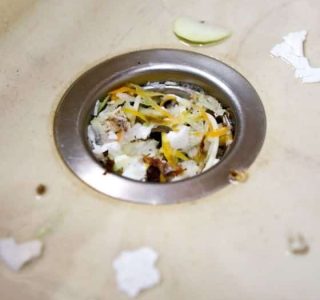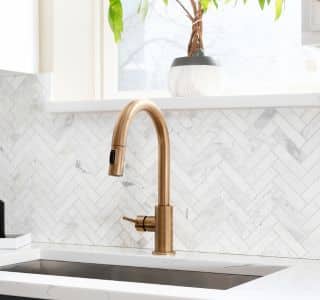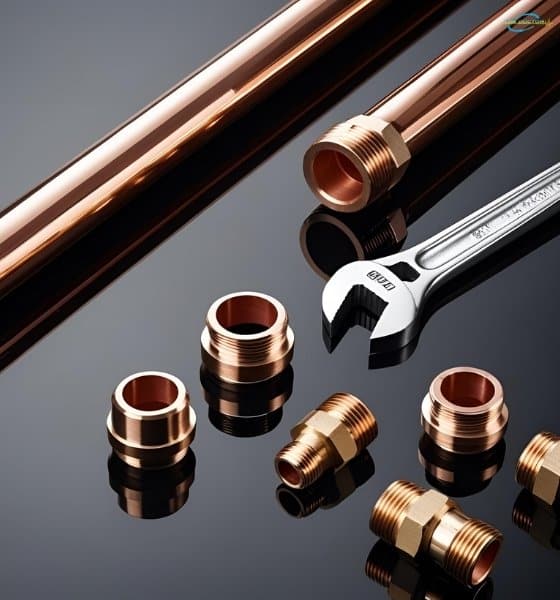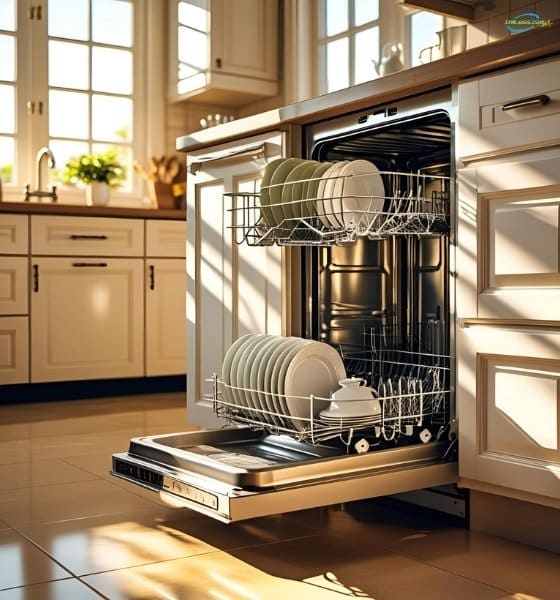How to Avoid Plumbing Disasters
Stay ahead of summer plumbing issues! Discover Aussie kitchen plumbing tips to keep your sinks, taps, water filters, and dishwashers running smoothly.
How to Avoid Plumbing Disasters (Part 1)
Preventing Summer Plumbing Headaches – Week 1
Summer in Australia is a time for BBQs, beach days, and kicking back—not for stressing over burst pipes or blocked drains. Unfortunately, plumbing disasters often strike when we least expect them. That’s why we’ve put together this 3-part series to help you avoid the most common household plumbing problems, starting in the heart of your home—the kitchen.
Week 1 Focus: Kitchen Sinks, Taps, Water Filters, and Dishwashers

1. Kitchen Sinks & Drains
Blocked kitchen sinks are a real nuisance. Fats, oils, and food scraps might go down easily, but they cause dramas further along the line.
Tip: Never pour hot oil or grease down the sink. Let it cool, then bin it. Use a drain strainer to catch stray food bits—it’s a small investment that saves big headaches.

2. Kitchen Taps
Your kitchen tap cops a workout every day. A quality tap is worth its weight in gold.
- Invest in durable tapware—cheap ones often lead to leaks.
- Most taps come with flexi-hoses, which can burst over time. Get them checked and replaced every 5 years.
- Consider installing a pressure-limiting valve to protect your plumbing and appliances.

3. Water Filters & Fridge Connections
We all love chilled water and ice from the fridge, but they’re not without risk.
- Inspect the pipework and fittings at least once a year.
- Replace hoses every 5 years.
- Place your fridge or filter on a drip tray that drains into a safe waste—this small step could save your floor.

4. Dishwashers
Dishwashers are a lifesaver, but like anything mechanical, they need maintenance.
- Install a pressure-limiting valve to prevent hose blowouts.
- Keep food scraps out of the machine—rinse plates before stacking.
- Replace the inlet hose every 5 years to avoid leaks.
Wrap-Up
There you have it—easy ways to keep your kitchen plumbing in check. As we say down under, “It’s better to be safe than sorry.” Stay tuned for Part 2 next week where we tackle the bathroom and laundry.
THE DOCTOR GETS IT DONE
General Plumbing & Electrical | Hot Water Systems | Blocked Drains | Gas Fitting

